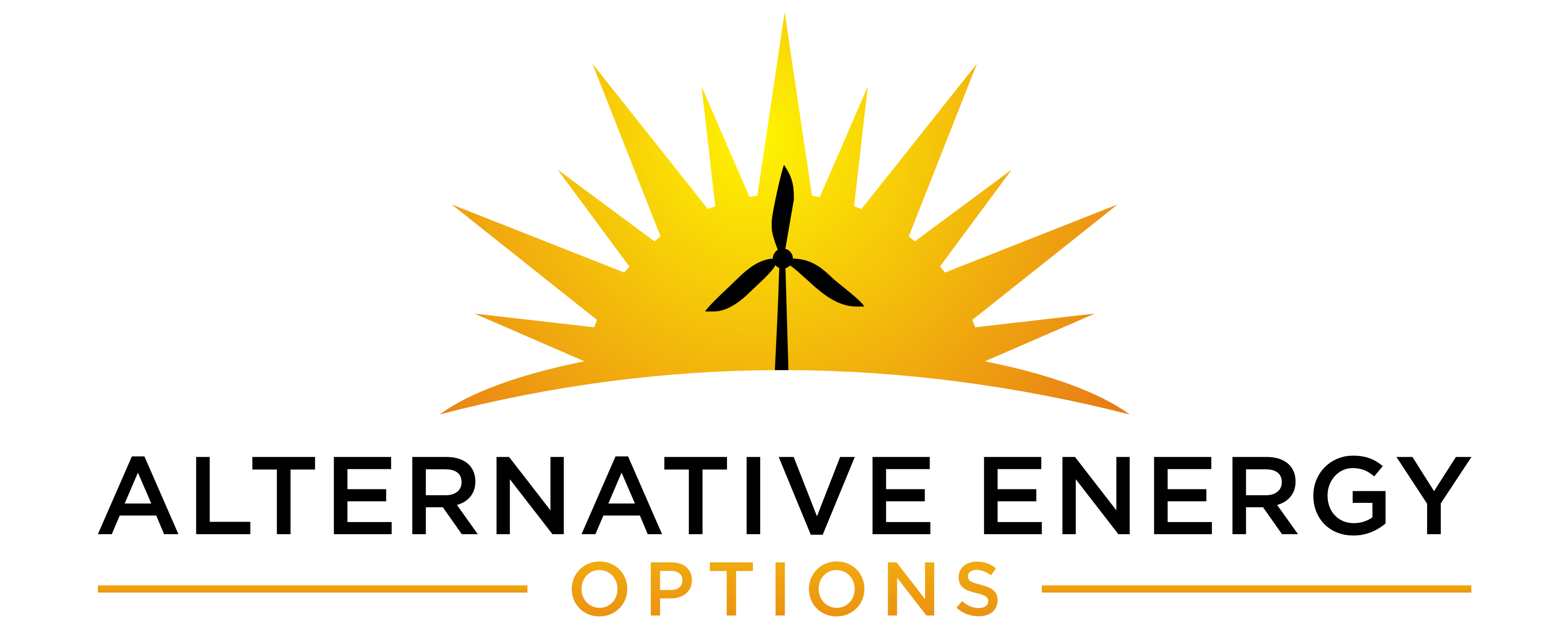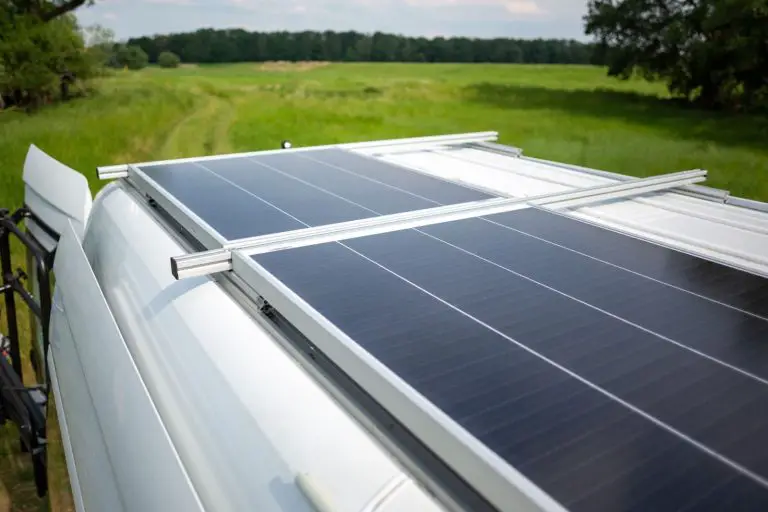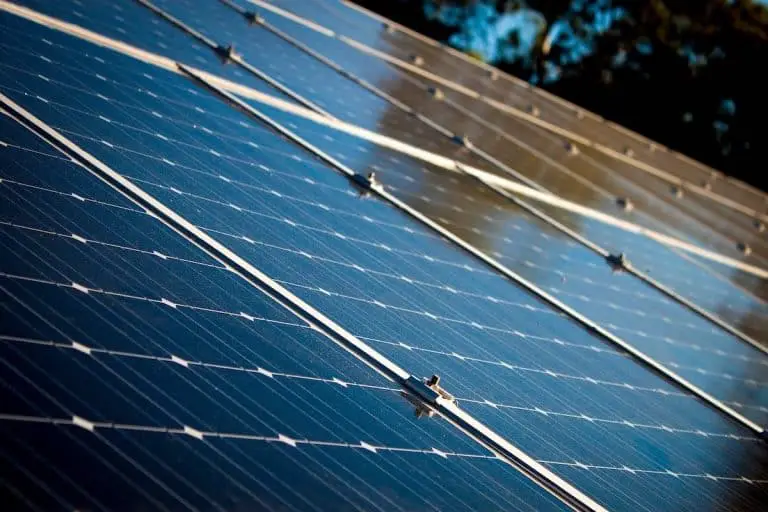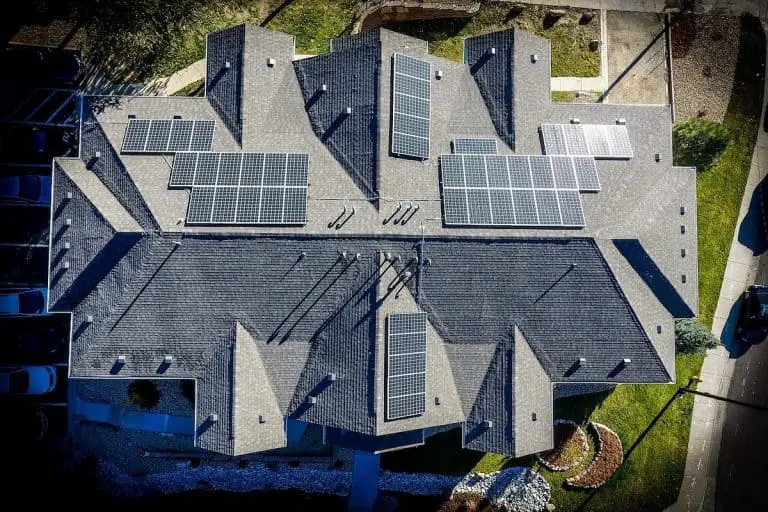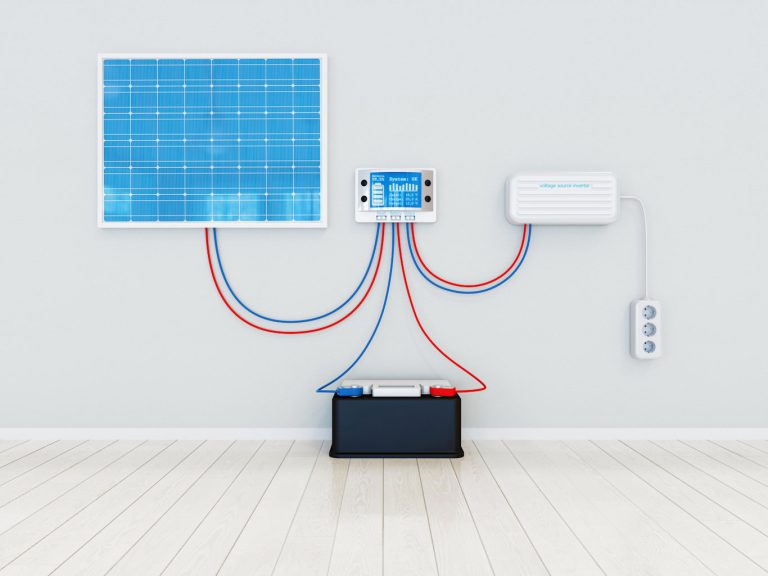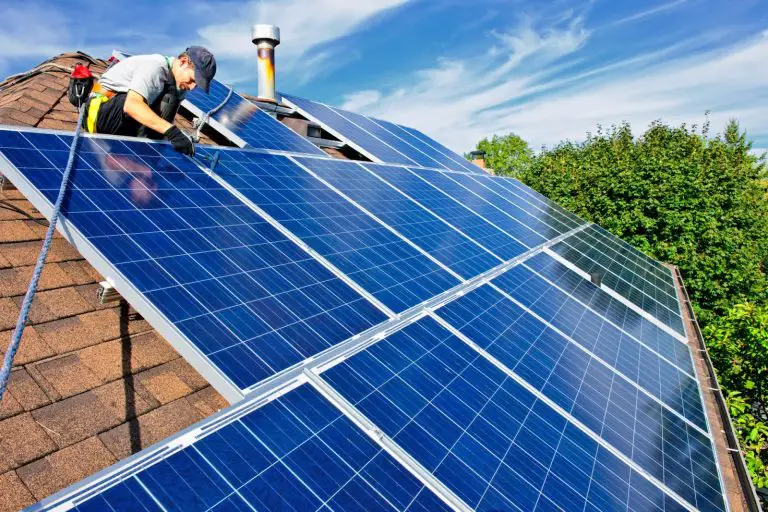How To Hook Up Your Inverter To A Generator
Using inverters on generators increases a generator’s efficiency in processing power. To do this, you need an adapter compatible with your generator and your inverter. Once you’ve done this, you can make the connection the main plug-in point for your machine.
Electrical shortages, blackouts, and power outages are just one of the things that can hinder the productive day-to-day activities of a person or a business. It is why generators play an essential role in keeping the smooth sailing flow of activities in our everyday life.
What Does An Inverter Do For A Generator?
Most generators without inverters direct their power process to a specific focus on the internal electrical dynamics within their system through a controlled impedance. It is why generators consume fuel more without the use of inverters that regulate this.
There are critical parts and functions of a generator that must remain uninterrupted if it’s going to produce a stable power supply. Inverters power these vital parts of a generator during electrical interruptions.
Generators often have an automatic switch that activates when a power cut occurs. However, long periods of power cuts can also cause the Inverter battery to lose power.
During this time, the inverter then focuses on drawing power from the generator to sustain the other critical loads.
Inverters designed to control power and pulse-width outputs reduce the need to increase or switch processing frequencies, creating a more efficient electrical flow.
When this happens, the run time of the inverter remains unaffected by the capacity of the generator’s battery. Nonetheless, you can also add extra batteries to your generator to extend its run time during this period.
Adding extra batteries can mean more expense and space consumption for your generator, but it can be worth it if you need long periods of generator use.
What Is The Purpose Of An Inverter?
Inverters are shut-off features that allow generators to conserve and use power more stably and sustainably. An inverter works in the mechanical processes of a generator when producing power.
These mechanisms allow less switching losses and wasted output voltage and lower the generators’ peak or critical function period.
Generators with Inverters attached to them can quickly increase production activity when needed and lower it down when able. It means you won’t have to keep filling up the gas tank to maintain the power supply.
Some generators also have sensor triggers that are built-in within the machine. These sensors shut off the carbon monoxide gas that builds up during periods of generator use.
Why Use Generators With Inverters?
Adding an inverter to your generator would mean a longer run time for your machine without having to increase gas consumption. The inverter helps the generator modulate the level of power production to conserve fuel.
An inverter connects with the generator to support the other critical functions so the generator won’t have to carry all the load in supplying power.
Generators with Inverters significantly also have a longer run-time when there’s fluctuating power supply.
Can You Hook A Power Inverter To A Generator?
Yes, you can hook a power inverter to a generator. All you would need are extension cords, wire adapters, a transfer switch, and an alternative power source.
There are simple ways to do this: one is by connecting the generator directly to an extension outlet, and another is establishing a connection using an adapter design for both the generator and home outlets. Or through the use of a transfer switch that makes sure the line is uninterrupted when necessary.
- Extension Cords
It is probably the easiest and most practical way to connect an inverter to a generator. If your generator is placed right at the wall where the plug is available, measure the length that you will need for the connection.
If you are creating a backup outlet, ensure enough wire length to accommodate the outlet near the generator and the other farther plug-in point.
- Adapters For The Generator
There are adapter plugs specifically designed to plug in your normal outlets at home and the inverter you have. If you want a more portable option, this is the right choice.
- The Transfer Switch
A transfer switch is what you use to make a direct line between your generator and the electrical outlet from your home.
There is also an alternative to a transfer switch which is an interlock. Interlocks are designed to segregate a particular circuit from the electrical flow should there be a short circuit. Interlocks are common for spaces that only use normal amounts of electricity like households.
On the other hand, a transfer switch is more secure and is best for connecting generators to big buildings involving more complicated circuits. Being more reliable and durable, this switch tends to be more costly than an ordinary interlock.
Again, choosing the right kind of switch for your generator is a matter of defining the purpose that you have for your machine.
- An Alternative Energy Source
Since installing an inverter and a generator in your home will significantly benefit your electrical needs, you may also like to consider the installation of solar panels and other energy sources for backup.
Remember that inverters are not limited to generators; you can also use them for other equipment or machines at home or in businesses.
Things To Consider When Connecting Your Inverter To Your Generator
Are you going to use the generator all the time? While generators may allow you to cut on expect, it is not suitable for permanent or constant use. Generators are designed to provide energy supply during emergencies only like blackouts or power fluctuations.
If you are installing a generator on a building with other tenants, make sure you get clearance from your local government. Old electrical wires and box breakers have varying capacities for electrical flow, which you should know.
Do your property and equipment meet the fire and safety standards set by your local government? See if the wattage capacity of your generator is allowed in your area. Companies that sell these generators can help you secure this during your purchase.
Do you have a transfer switch? A transfer switch will only make your generator use safer and more effective in protecting your home’s electrical system. A switch will automatically disconnect from the wiring network of your home once it detects a problem in your generator. It acts like a typical breaker switch placed in buildings.
Do I Really Need An Inverter With My Generator?
Generators come in different designs, depending on the kind of power you need to create. Deciding whether or not to choose a generator with an inverter will depend on where you are and the type of stability you need in terms of power supply.
If you use many of your devices for communication, then buying an inverter with your generator is the best choice.
There are a lot of generators designed to be sensitive to the power level on outputs. Even generators can navigate a more efficient method of supplying power by regulating the physical inertia of power in controlled amounts.
Adding an inverter to your generator will only give you a more consistent quality flow of electricity. Some generators have bigger power output, and are easily transported, and some have high noise reduction features.
Things To Consider When Choosing Your Generator Or Inverter
Mobility Of The Generator
Generators can fit constant travel and are easy to transport. Portable generators are very lightweight and small to appease any weight concerns.
Then there are also conventional generators that are bulkier in size but can provide more power output. Generators can also come mounted onto a rail or a frame for more secure transport.
Quality Of The Power Supply You Need
There are generators equipped with inverters that can give a more consistent supply of power.
Some items are sensitive to electricity fluctuation, and some have built-in safety functions. Familiarize yourself with the gadgets and equipment you will use with your generator.
Level Of Efficiency
Different generators have varying efficiency levels. There are microprocessors in place that determines when an inverter should be activated automatically and even manually.
Some inverters are designed to produce specific amounts of voltage without switching the electrical cycle more than once. This kind of inverter significantly reduces the chances of transformer overload.
It means that generators with inverters are more able to save on fuel by reducing critical functions of the generator.
Noise Reduction
Some generators have built-in soundproof cases that significantly minimize engine sound during use. If you are using your generators indoors or in small spaces, then you’d benefit greatly from this feature.
The only thing you need to know about generators with noise reduction cases is that they look bulkier than the usual generator.
The Amount Of Power You Need
Consider the quantity and size of gadgets and equipment you use while using the generator.
Generators come in different output levels to find the right one for you. These are investments you can make, so you should not rush into buying a new one.
How Do I Connect My Inverter Generator To My House?
There are at least five ways that you can do to connect your inverter generator to your house. Here are the said methods:
Creating Wiring Through The Breaker Box
It is probably the most common way to connect your generator to your house breaker. Using a separate wire breaker, you must connect the generator to the house breaker.
Should the need arise for your house breaker to switch its power supply to the generator, it will automatically do so once it is hooked.
It would be best if you never plugged your generator into any wall sockets at home. Doing so will increase the risk of overloading your generator, damaging it permanently.
Through The Use Of A Transfer Switch
A transfer switch is an item that can connect the inverter generator to the main electric panel.
If there are electricity fluctuations, turning on the switch will transfer the power supply from the main panel to the generator.
With a transfer switch, you can quickly turn on and off your generator connected to your main panel.
There are two types of transfer switches that you can use with your generator as you connect it with your home panel. There is the manual transfer switch and the automatic transfer switch.
Manual Transfer Switch
A manual transfer switch is installed directly with the generator and is advisable for places that only lose power supply rarely. It is a switch you manually need to turn on to start the power transfer process.
Automatic Transfer Switch
An automatic transfer switch is more advisable to be used in areas that frequently experience a power loss. This automatic switch is known for being affordable and reliable in compensating for the need for high power supply levels. It is also proven safer by reducing direct contact with the generator and inverters.
These switches depend on the generator’s backup power to start the transfer of electric current from your home panel to your generator. Some sensors are responsible for automatically turning this feature on during power loss.
Wiring Using A Relay
A relay is a small device that interrupts the power supply from specific appliances at home when necessary. With a relay, you can wire the generator to the house panel as you would with a transfer switch.
Direct Wiring To The Main House Panel
You can connect the inverter generator wires directly to an electric panel. While this is not the most recommended by most electricians, in emergencies, this should be a quick fix that you can do.
A much safer way of connecting your generator to your home panel is to use a subpanel that can act as a breaker between the two to reduce electricity fluctuations.
Making The Connection Using A Power Inverter
A power inverter comes with a feature that turns direct currents into alternating currents, a safe currency you can use to power up varying home equipment.
A power inverter has a built-in transfer switch that one can program to turn on automatically or manually. It is probably one of the easiest and safest ways to connect your inverter generator to your home panel.
Power inverters also have the feature to automatically disconnect once it detects that your home panel has returned to being supplied with power.
Remember that when power inverters shift the current back to your home panel, you will have to switch the setting of your inverter from auto to normal to avoid wasting fuel.
The Kind of Generator You Need For An Inverter
It largely depends on the watts your inverter can accommodate or what’s commonly known as an inverter’s “nominal” rate. The manufacturer usually defines the nominal rate on the specifications section of an inverter’s packaging.
Inverters go from at least 2500 watts up to 5000 watts. But there are smaller inverters designed to only accommodate at least 500 watts to a thousand.
If your generator has a lower output level than your inverter’s nominal rate, it means that your generator is not fit for your inverter.
Summary
When choosing the kind of generator and inverter for your property, explore the different ways to operate it.
New generator owners make the common mistake of tinkling around a generator only to find it permanently broken because of wrongful use.
Do not mess around with a generator. Some countries even have laws against this for safety purposes. Choose the kind of generator and inverter you will buy by being clear on your purpose.
